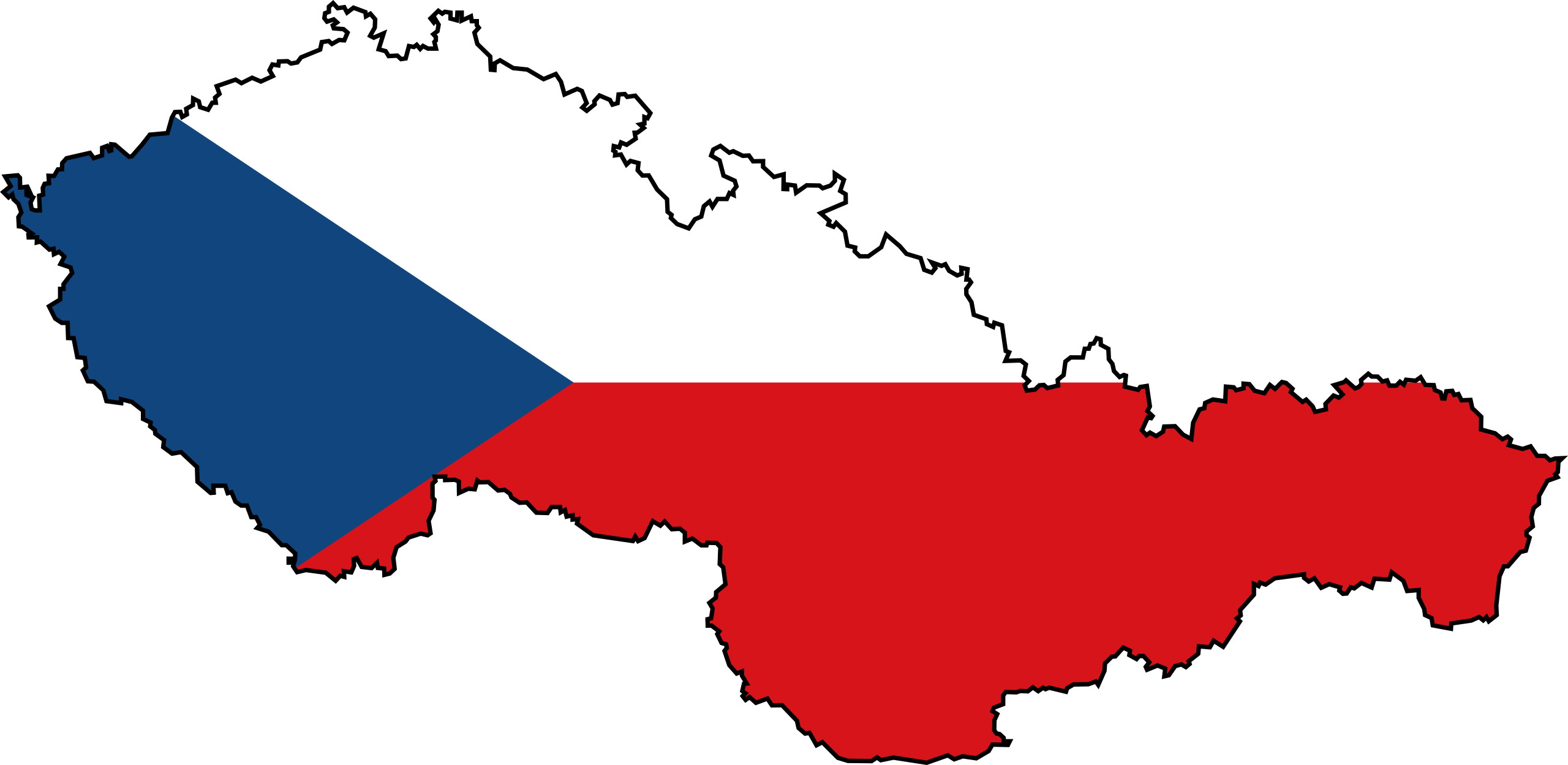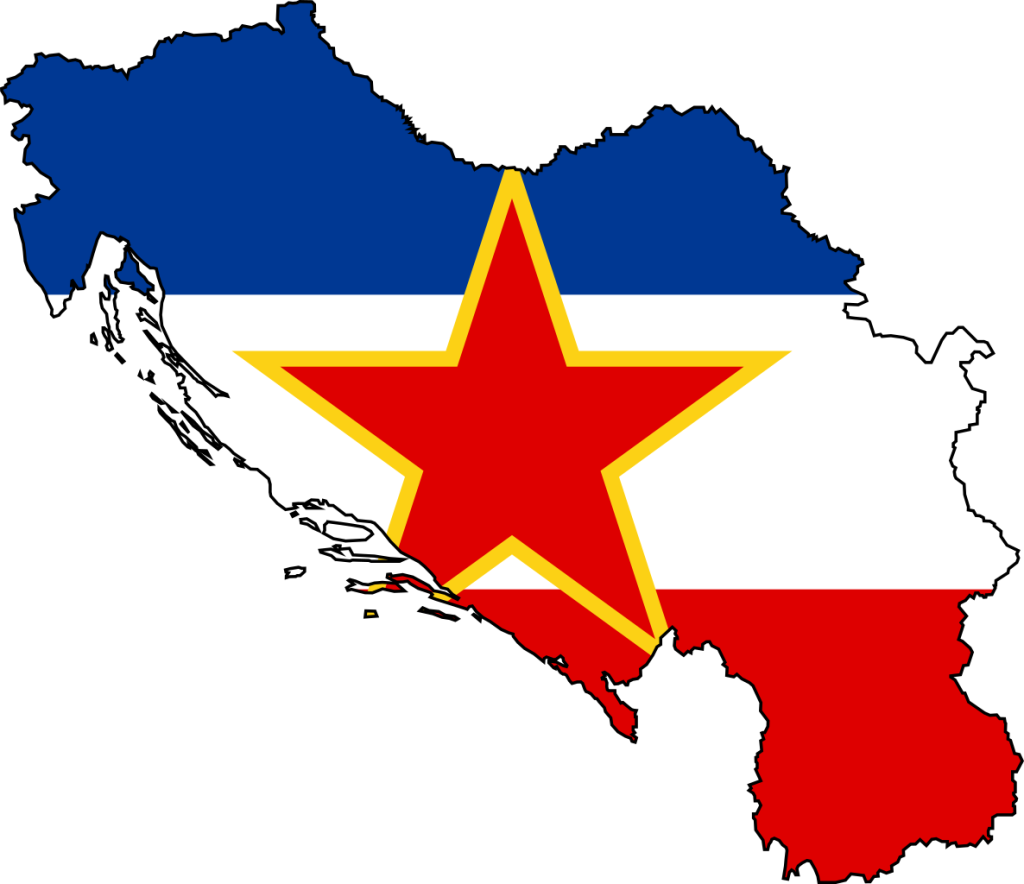By Becoming Continuous War Has Ceaded to Exist
Since 1945, we've seen many new countries appear. Claiming independence from their colonial ruler or breaking away from another country. But there are also several countries that are no more since WW2 ended.

Like this map and want to support Landgeist? The best way to support Landgeist, is by sharing this map. When you share this map, make sure that you credit Landgeist and link to the source article. If you share it on Instagram, just tag @Land_geist. On Twitter tag @Landgeist.
For a country to be included in this map, it needed to meet at least the following criteria:
- Be de facto independent: Have de facto control over a territory, a population, a government, a capacity to enter into relations with other states;
- Not be a colony or protectorate;
- Be recognized by another country;
- Not exist in present day in a slightly different form as a de facto independent country (e.g. a change of name or constitution)
The map tells us very briefly about why the country ceased to exist. In this article I want to tell you in a bit more detail why these countries exist no more and have a more detailed look at these countries in general. Even the information in this article can be considered very brief. Some of the conflicts and political situations that resulted in the fall of the countries in this article are extremely complex, like Yugoslavia for instance. So complex, that even a very elaborate article can't explain properly why these countries exist no more. One can easily write a book about it and many books have been written about them.
Anyway, here is a brief look at the countries on this map:
Biafra (1967-1970)

Biafra is located in the south-east of Nigeria. During the Nigerian civil war in 1967, they declared independence from Nigeria. Leading up to the civil war, Nigeria has already been dealing with ethnic tension. The northern half of Nigeria consists of a Muslim majority (which held most of the power after Nigeria became independent), the west is majority Yoruba and in the east the Igbo are in the majority. There were widespread reports of fraud during the elections and the federal government (dominated by the North) was largely corrupt. These tensions reached a breaking point in January 1966, when a group made up largely of Igbo army officers attempted a military coup. In which 30 political leaders, including the prime minister, were assassinated. As a reaction, the north staged a counter-coup. After the coup, in September of 1966 about 30,000 Igbo people in Nigeria were killed. This eventually led to Biafra declaring independence on May 1967. What followed was two and a half years of civil war. Eventually the Biafra army was defeated in 1970 and Biafra joined Nigeria again.
Czechoslovakia (1918-1993)

In 1918, Czechoslovakia became independent from the Austro-Hungarian Empire. In 1993, the country split peacefully into the Czech Republic and Slovakia. Although the two countries have many similarities and a good relationship with each other, they also had their differences. It is believed that the split has been caused by several differences that have existed long before 1993. Ethnic, economic and political differences.
Slovakia didn't always completely adhere to the concept of Czechoslovakism, as they saw it as a patronizing and paternalist Czech policy. The Czech Republic has always been the more wealthy 'big brother'. Slovakia wanted more autonomy and control over their own decision-making. They felt they were controlled too much by Prague, which was looking down on its 'little brother'. On the other hand, the Czechs saw the Slovaks as ungrateful. As they felt that Slovakia benefited a lot from the Czech Republic's development.
Despite these differences and the break-up, the Czech Republic and Slovakia still are very closely linked. Probably more than any other two countries in Europe. The Czechs and Slovaks still have a very close and friendly brotherly bond with each other today.
East Turkestan (1944-1949)

The 2nd East Turkestan Republic started in 1944 after the Soviet backed Ili rebellion against the Chinese government. The leaders of the rebellion wanted to liberate all of East Turkestan from Chinese rule. They were never able to control all of East Turkestan, only the north-western part. They stayed in control of this area until 1949. Things changed when the Chinese Communist won the civil war in 1949 and the Soviet union was no longer a strong supporter of the 2nd East Turkestan Republic. On 25 august 1949, the leaders of East Turkestan Republic travelled by plane to Beijing to negotiate with the Chinese Communist Party (CCP). Stalin had the plane diverted to Moscow and crash it along the way. All leaders were killed by a Soviet Chinese conspiracy. Giving the CCP no resistance to take full control of Xinjiang.
East and West Germany (1949-1990)

After World War 2, the allied forces decided to divide Germany into 4 sectors that would be under allied control. France, the Soviet Union, the United Kingdom and the United States all had control over a sector. The Soviet Sector became the Deutsche Demokratische Republic or DDR (German Democratic Republic) and the French, British and American sectors merged into the Bundesrepublik Deutschland or BRD (Federal Republic of Germany).
The East German government started to falter in May 1989, when the removal of Hungary's border fence with Austria opened a hole in the Iron Curtain. Thousands of East Germans fled into West Germany via Hungary. This started the Peaceful Revolution, that led to the unification of East and West Germany. Although technically present-day Germany is the BRD, as East Germany joined West Germany. They did not form a new country, but present-day Germany is a continuation of West Germany (although it's still disputed whether Germany actually is a continuation of West Germany). Because for most people, those are still considered 2 different countries, I have included them on the map.
Mali Federation (1960)

This federation of the French colonies of Senegal and French Sudan, was founded in April 1959 as a self governing territory within the French community. After negotiations with the French government, it became independent in June 1960. This lasted only 2 months. After a tense stand-off between the army of the Sudanese Republic and the national police of Senegal, Senegal decided to withdraw itself from the federation and continue as an independent country. This led to Mali dissolving the Mali federation and founding the Republic of Mali.
Unlike some other areas of French West Africa, French Sudan and Senegal did not have significant amounts of migration or intercultural movement during the colonial period (although they were linked together in French economic policy and linked by a key railway). From the start, the 2 countries already had many political differences.
Soviet Union (1922-1991)

In the 80s, the Soviet Union's economic and political structures were crumbling. There were several patchwork attempts at reforms to reverse that process. In 1985, Michael Gorbachev was appointed as the leader of the Soviet Union. He made significant changes in the economy and party leadership, called 'perestroika'. His policy of 'glasnost' freed public access to information after decades of heavy government censorship. Gorbachev's refusal to interfere in the satellite states internal affairs, paved to the way for the revolutions of 1989. A set of peaceful chain reactions resulted in the fall of the Eastern Bloc and the Iron Curtain. Several Soviet states declared independence in the next 2 years, leading to the dissolution of the Soviet Union.
Tanganyika (1961-1964) and Zanzibar (1963-1964)

In December 1961, Tanganyika gained independence from the UK. In 1963, Zanzibar became independent from the UK. A year later, during the Zanzibar revolution, the sultan of Zanzibar was overthrown. That same year in April 1964, Zanzibar and Tanganyika unified to form what today is the United Republic of Tanzania.
Tibet (1912-1951)

After the collapse of the Qing dynasty in 1912, Tibet became an independent country. When the Republic of China replaced the Qing dynasty, they signed a treaty with the Qing government inheriting all territories of the imperial government into the new republic, including Tibet. At the same time, Tibet and Mongolia signed a treaty proclaiming mutual recognition of their independence from China, although the Republic of China did not recognize its legitimacy. Tibet continued to run as an independent country until 1951. When the nationalist government of China lost the civil war against the Chinese Communist Party, the People's Liberation Army invaded Tibet. The Tibetan government was forced to sign the seventeen point agreement with the CCP and in 1951, China gained control over Tibet.
North Vietnam (1945-1976) and South Vietnam (1954-1976)

After World War 2, North Vietnam, under the leadership of Ho Chi Minh, declared independence from France. What followed were decades of war in Vietnam. The French wanted to stay in control of all of Vietnam and the First Indochina war started. The French were defeated in 1954, which led to the creation of the French controlled country of South Vietnam. It was agreed that free elections would be held in 1956 to bring about Vietnamese unification. However, the South Vietnamese leader Diem decided not to agree with it, which led to the start of the Vietnam war. The Vietnam war ended in 1975 with the defeat of South Vietnam, the United States and their allies. This led to South Vietnam becoming under North Vietnamese control, who unified the country into what is now known as Vietnam.
North Yemen (1918-1990) and South Yemen (1967-1990)

During the 1960s a lot was going in Yemen. Civil war broke out in North Yemen, where the monarchy was overthrown. South Yemen gained its independence from its British colonial rulers in 1967. The relation between the two Yemeni states fluctuated between peaceful and hostile. They fought wars in 1972 and 1978. In 1986 a civil war broke out in South Yemen after a failed coup d'état. Talks about unification have been on the table for a long time. In 1990 the two states finally reached an agreement for a unified Yemen.
Yugoslavia (1918-1992)

After Yugoslavia's leader Tito passed away in 1980, ethnic tensions started to grow in Yugoslavia. The 1974 constitution reduced the power of the federal government, but Tito's authority was making up for it. Yugoslavia was divided into 6 republics (Slovenia, Croatia, Bosnia, Serbia, Montenegro and Macedonia). Serbia also had two autonomous provinces: Kosovo and Vojvodina. The republics had equal representation in the federal government.
Yugoslavia has always been home to an ethnically and religiously diverse population. The Serbian majority felt their positions was under pressure in the new system. The new leader of Yugoslavia, Slobodan Milošević, a Serb, made political changes that increased the Serbs' political influence. This move was not well received by Slovenia, Croatia and the Albanian majority in Kosovo. This led to strikes and demonstrations in Kosovo, who demanded that Kosovo would become a republic within Yugoslavia, instead of a Serbian province. Until then, every republic had 1 vote. Milošević wanted to implement a system where the republics would be represented in the federal government according to their population size. Especially Slovenia and Croatia were strongly opposed to this, as it would strongly favour the Serbian majority. Instead, Slovenia and Croatia wanted more power to be devolved to the republics. The crisis that inevitably followed resulted in a rise of nationalism in all republics. In several republics, the call for independence grew, which eventually increased tensions with Serbia and within the ethnic groups in the republics, eventually leading to the Yugoslav War. The war lasted from 1991 to 2001, killing 140,000 people. This led to Yugoslavia splitting into Slovenia, Croatia, Bosnia, Serbia and Macedonia. In 2006 Montenegro became independent and in 2008 Kosovo.
Source: https://landgeist.com/2021/05/25/countries-that-ceased-to-exist-since-ww2/
0 Response to "By Becoming Continuous War Has Ceaded to Exist"
Publicar un comentario